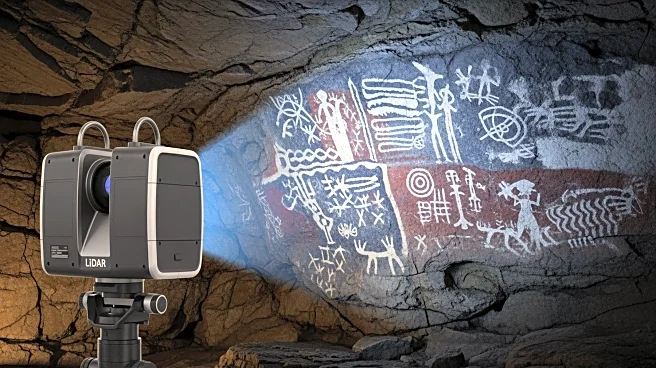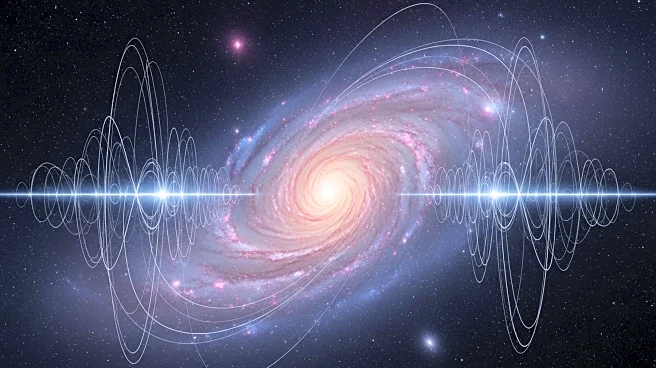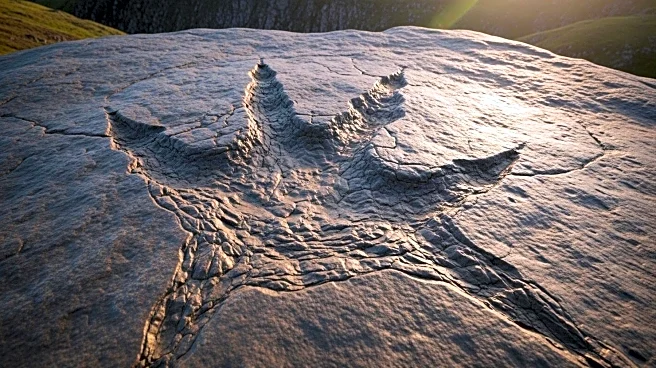What's Happening?
A recent study conducted by researchers from the University of Alcalá in Spain has utilized artificial intelligence to analyze tooth marks on Homo habilis fossils, suggesting that early humans were more prey than predators. The study focused on fossils from Olduvai Gorge in Tanzania, dating back nearly 2 million years. By training AI models on images of tooth marks made by modern carnivores, the researchers determined with over 90% probability that leopards were responsible for the marks found on the fossils. This challenges the long-held belief that Homo habilis was a dominant species in the predator-prey relationship, indicating instead that they were hunted by leopards.
Why It's Important?
The findings of this study have significant implications for our understanding of human evolution. By suggesting that Homo habilis was prey rather than a dominant predator, the research challenges previous assumptions about the species' role in the food chain. This could lead to a reevaluation of the evolutionary timeline regarding when humans became dominant predators. The use of AI in this research also highlights the potential for technology to provide new insights into historical and archaeological studies, offering a fresh perspective on ancient human behavior and interactions with other species.
What's Next?
Further research using AI technology could expand on these findings, potentially providing more evidence about the role of Homo habilis in the ecosystem and answering other questions about human evolution. The study opens the door for similar analyses of other fossil records, which could refine our understanding of early human history and the development of human species as dominant predators.
Beyond the Headlines
The study's use of AI to analyze fossil records represents a significant advancement in archaeological research methods. It demonstrates how technology can uncover new insights into historical events and species interactions, potentially leading to a deeper understanding of human evolution. This approach may also influence future studies in paleontology and anthropology, encouraging the integration of AI and machine learning in analyzing ancient artifacts and remains.












